
The U.S. Air Force’s latest fighter jet, the F-15EX Eagle II, may lack the stealth capabilities synonymous with modern air combat, but it compensates with a suite of upgrades and performance parameters that ensure its prominence in the USAF’s air superiority strategy.
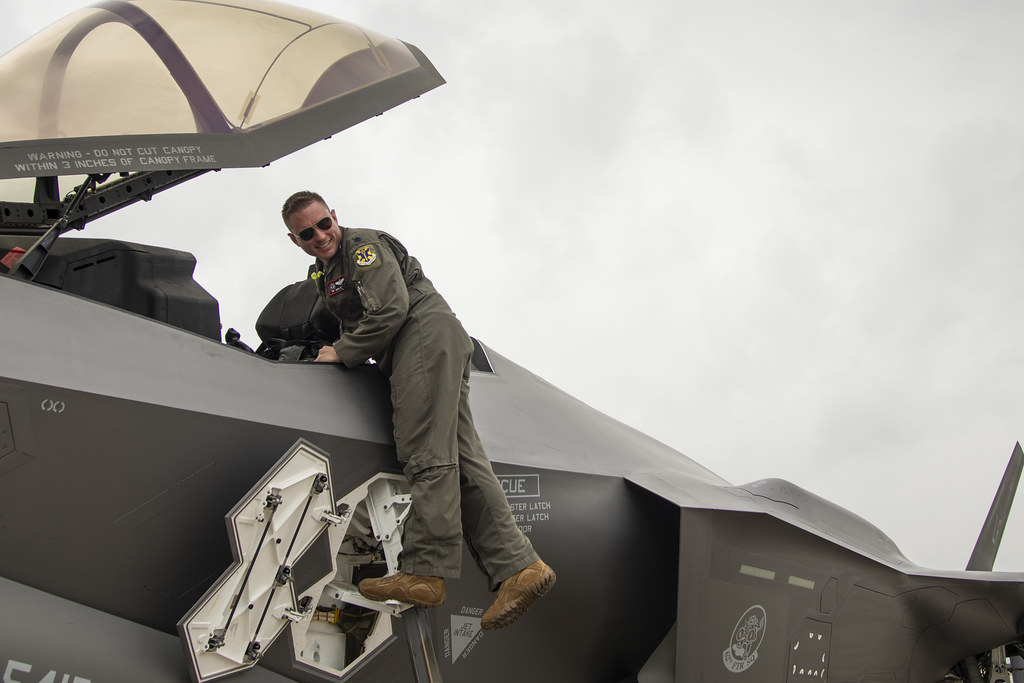
With a notable price tag of around $90 million per unit, the F-15EX has been introduced to serve alongside the stealthier F-22s and F-35s and the future NGAD sixth-generation fighter, filling a critical role in the nation’s defense.

The F-15EX is a direct descendant of the F-15E Strike Eagle and was developed in response to an aging fleet and various procurement challenges faced by the USAF.
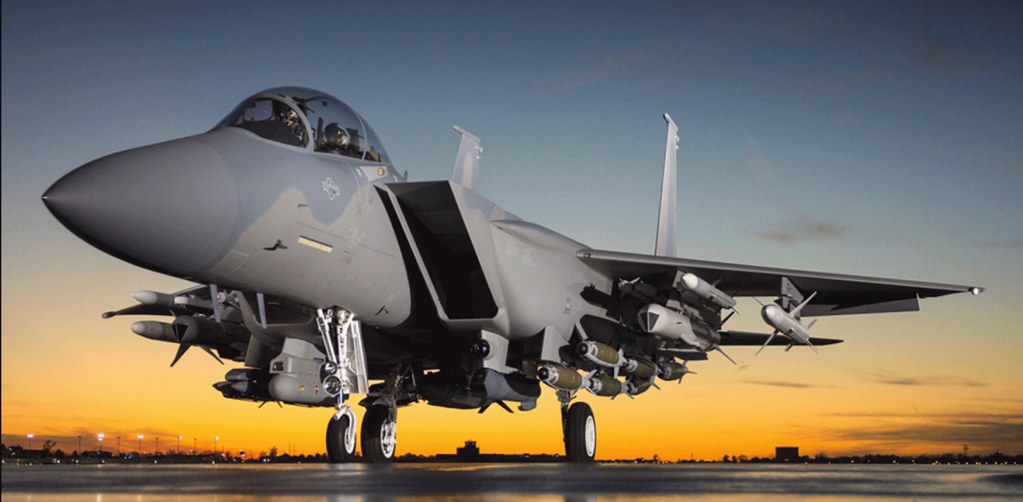
Despite being an upgrade to a platform in service for about five decades, the F-15EX brings to the table modern systems like AESA radar, IRST, and EPAWSS, plus an updated cockpit and flight controls, extending its operational life to a substantial 20,000 hours.

These improvements suggest that while the Eagle II may not embody the future of fighter jets, it remains a formidable addition to any air force, earning the title of the deadliest Eagle to date.

Critics point to the jet’s lack of stealth as a significant shortcoming, particularly in an era where stealth is often prized. However, not all missions necessitate stealth capabilities.

The role envisioned for the F-15EX includes airbase defense, enforcement of no-fly zones, and deployment of standoff weapons, tasks where stealth may be less critical. The aircraft is a multirole strike fighter, capable of carrying a whopping 30,000 lbs of munitions, providing it with an edge in air-to-air and ground support roles.
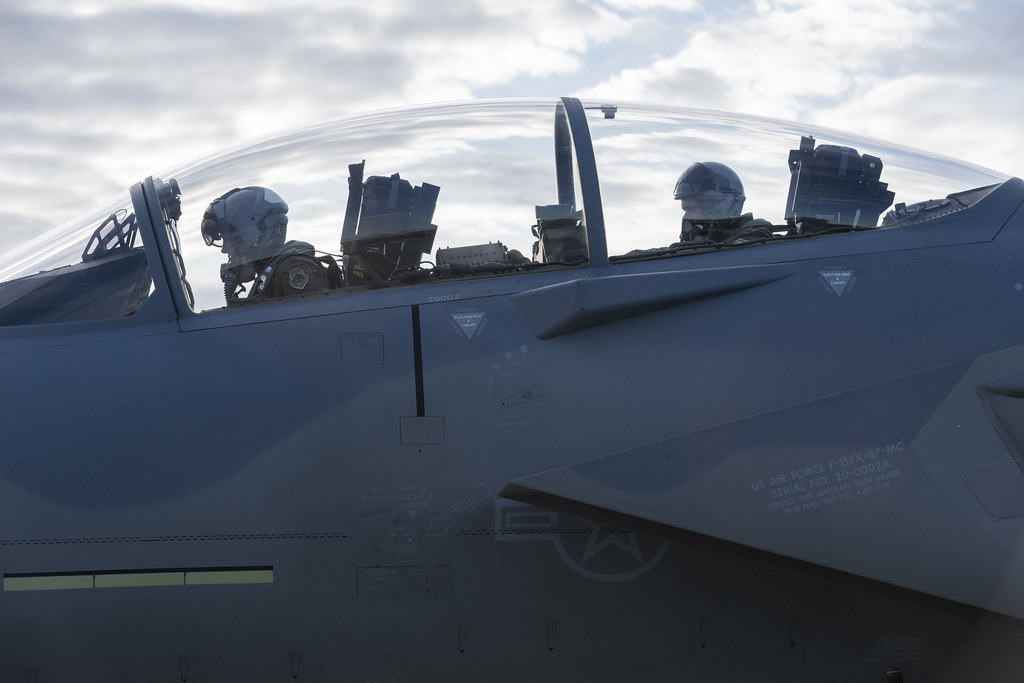
Speed and agility are among the Eagle II’s strong suits. With dual General Electric F100-PW-229 turbofans, it can reach Mach 2.5, making it an agile combatant in the skies. This high-speed capability is complemented by a payload that readies the F-15EX for certification with the new Hypersonic Attack Cruise Missile (HACM), earmarking it as the first USAF jet capable of employing hypersonic missiles.

In an age where speed is a crucial measure of a jet’s prowess, the F-15EX boasts near Mach 3 capability in a clean configuration, as noted by former F-15 pilot Robert “Blend’r” Novotny at the Singapore Airshow.

“Remember, we’re testing when it’s clean,” Novotny emphasized. “So it’s not carrying a bunch of stuff on it.” The Eagle II’s raw speed outperforms the Soviet MiG-25 Foxbat and rivals the speed of the retired SR-71, albeit with certain caveats pertaining to the jet’s configuration and fuel load.
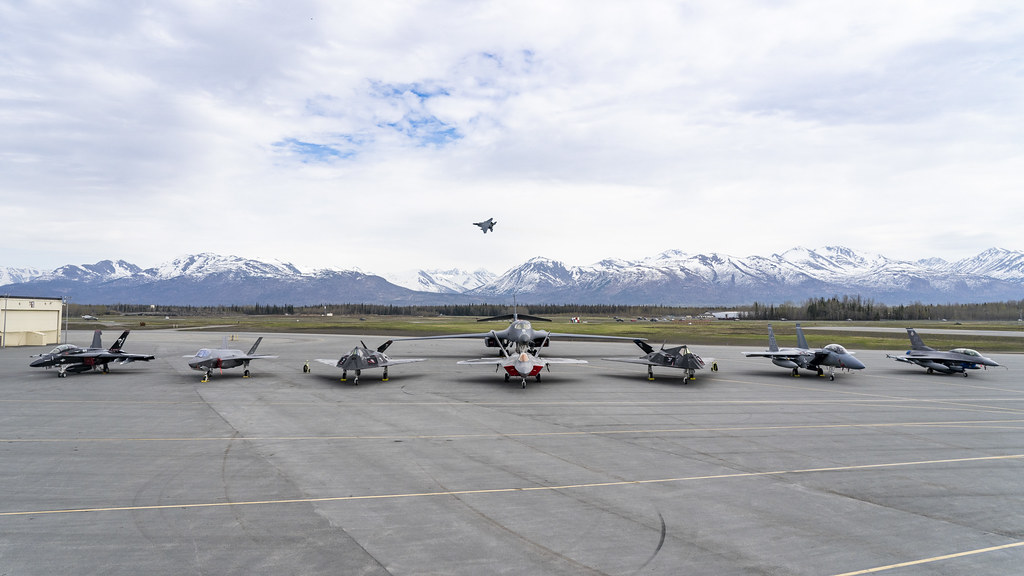
The F-15EX also benefits from advanced fly-by-wire controls, which allow for performance on par with more agile fighters like the F-22 or Su-35.

This electronic control system offers more precise maneuverability, pushing the aircraft to the limits of its capability—a feature that boosts the F-15EX’s dogfighting prowess.

Despite these advantages and its impressive load-out, the F-15EX is seen as a stopgap measure—a way to maintain air superiority while next-generation projects come to fruition. The Air Force plans to buy just over a hundred units, which will likely be distributed to Air National Guard units.
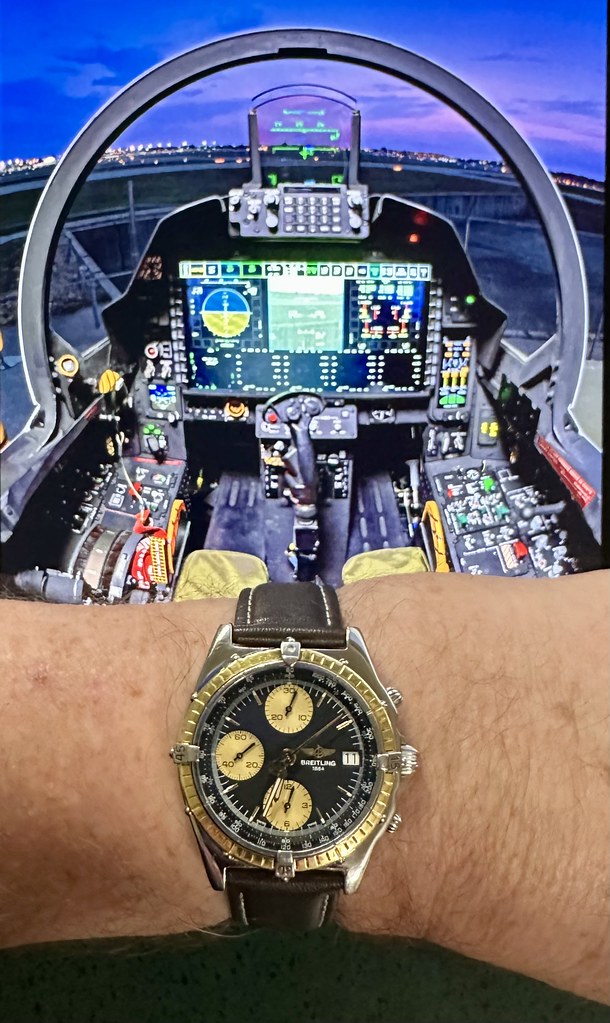
While the F-15EX Eagle II may not be the stealth jet of tomorrow, it is undoubtedly a power player today, boasting high speeds, substantial payload capacity, and modern avionics to secure the skies.

It stands as a testament to the adage that not all battles require silence—sometimes, sheer might and proven capability speak volumes.

